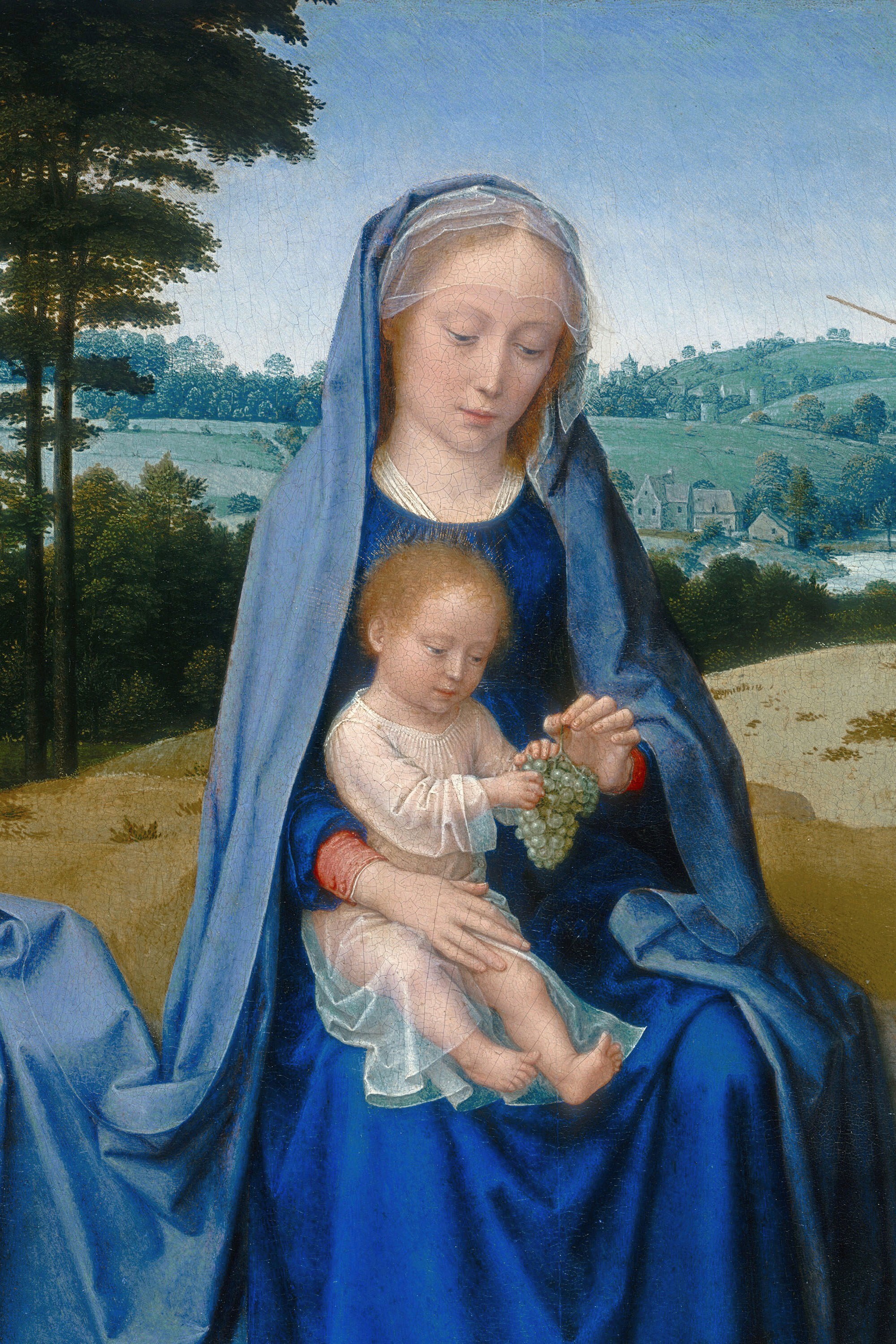“He had left peace, stillness, contemplation, the vision of heaven, and he had come into pain, grief, confusion, perplexity, disappointment, and debate.” So Newman imagined St. Peter’s experience of coming down from the Mount of the Transfiguration. For us, it could serve as a description of an ordinary day. In the morning, we find some moments of stillness before the Lord but then must make our way through many hours marked by clamor, tumult, and anxiety.
Was life any more peaceful in the time of Jesus? Jewish identity had been steadily eroded by Hellenistic worldliness. The Holy Land was occupied by a foreign power whose leading representative would fit in well with today’s secular pragmatism. Herod and his court offered an ugly spectacle of what floating downstream with the cultural current might mean. And in response, protests, splinter-groups, and angry prophets proliferated. It may be better for us that we possess relatively few first-hand testimonies from the era, and that the preeminent ones – the Gospels – offer such a hopeful and consoling message.
Benedict XVI captured the drama of the age: Jesus “saw the thousands of people following him in the desert because, in the diversity of the currents of that time, they no longer knew what the true meaning of Scripture was, what God was saying” (Munus docendi, April 14, 2010).
What was the joy and relief of seeing Jesus and recognizing him as the Messiah? The prophet Simeon helps us to know: “Lord, now you are letting your servant depart in peace . . . for my eyes have seen your salvation that you have prepared in the presence of all peoples, a light for revelation to the Gentiles, and for glory to your people Israel” (Luke 2:29-32).
The light was divine and so it could not be dimmed or hidden. Jesus would be a teacher whose wisdom and authority left those who heard him astonished. Consider the mystery of the youthful Jesus teaching in the Temple: “After three days they found him in the temple, sitting among the teachers, listening to them and asking them questions” (Luke 2:46). His questions were enough to amaze the doctors of the Law because, as Origen explained, “he asked not that he might learn, but that asking he might instruct.” The contrast between the anxious care of his parents and the surprise of the doctors is suggestive. Doesn’t Jesus often work that way? What is a cross to one may mysteriously be a cause of illumination to another.
Jesus continues to teach us by his questions. Amidst the calamities of our age, we take comfort from the questions he once asked Simon Peter – “Who do you say that I am?” and “Do you love me?” – for they remind us that truth and charity are the true and lasting goods of this life. And neither of them can be taken away from us.
The aim of this new online journal is to contribute to the pursuit of charity and truth by offering essays and reviews written in the light of faith. From time to time, we will also provide news of the blessings we receive from the Lord, as graces “upon grace” (John1:16). The faculty of the Augustine Institute welcome you as readers.









